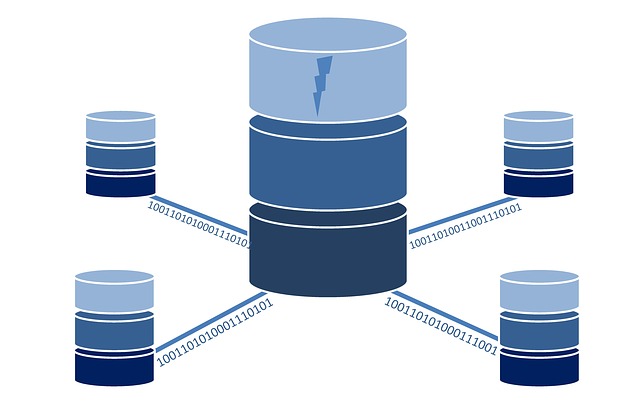The future of database cache:
Innovations and Challenges
Database caching has long been an essential tool for optimizing database performance by reducing the number of queries to the database.
Caches store frequently accessed data in memory, enabling faster access to data than querying it from the database.
However, as the amount of data we generate and store grows exponentially, the need for efficient caching mechanisms has never been more critical.
In this blog, we will explore the future of database caching, including the latest innovations and challenges that the industry faces.
Innovations in database cache
- In-memory database caching
The use of in-memory database caching has become more popular as data volumes have grown. This approach involves storing data in the server’s RAM rather than on disk, providing faster access to data. As more businesses move towards real-time data processing, in-memory caching is becoming an essential tool for optimizing performance.
- Hybrid caching
Hybrid caching combines the best of both worlds by using both in-memory caching and disk-based caching to provide an optimized caching solution. This approach provides a balance between speed and capacity, enabling businesses to optimize performance without sacrificing storage capacity.
- Intelligent caching
Intelligent caching involves using machine learning algorithms to predict which data will be needed next and proactively storing it in the cache. This approach eliminates the need for manual configuration of the cache and can significantly improve performance by reducing cache misses.
Challenges in database cache
- Scalability
As data volumes continue to grow, the challenge of scalability becomes more significant. Scaling a cache requires distributing it across multiple servers, which can lead to performance issues due to increased network latency. To address this challenge, businesses are turning to distributed caching solutions that provide seamless scalability without sacrificing performance.
- Consistency
Maintaining consistency between the cache and the database can be a challenge, especially in distributed environments. When data is updated in the database, the cache must be updated accordingly to avoid serving stale data. Consistency issues can be addressed through the use of distributed caches that provide automatic synchronization between nodes.
- Security
Caches can potentially expose sensitive data to unauthorized users, making security a top concern. To address this challenge, businesses are turning to solutions that provide secure caching, including encryption of data at rest and in transit and role-based access control.
The future of database caching
The future of database caching will likely involve the continued evolution of in-memory caching and the integration of intelligent caching solutions.
Here are some trends we can expect to see in the coming years:
- Real-time analytics
Real-time analytics is becoming increasingly critical for businesses as they seek to gain insights from rapidly changing data. In-memory caching will continue to play a crucial role in enabling real-time analytics by providing faster access to data.
- Edge caching
Edge caching involves storing data closer to the end-user, enabling faster access to data and reducing network latency. As the Internet of Things (IoT) and 5G technologies continue to grow, edge caching will become increasingly important in optimizing performance for low-latency applications.
- Containerized caching
Containerization enables the rapid deployment and scaling of applications, making it an ideal solution for caching in distributed environments. Containerized caching solutions provide a lightweight and scalable approach to caching that can be easily deployed in a containerized environment.
- Blockchain caching
Blockchain caching involves using blockchain technology to provide a secure and decentralized caching solution. Blockchain caching can provide a tamper-proof and transparent cache, enabling businesses to store and retrieve data with confidence.
Conclusion
In conclusion, the future of database caching is bright, with continued innovation and evolution in the industry.
The use of in-memory caching, hybrid caching, and intelligent caching will become increasingly prevalent, enabling businesses to optimize performance and gain insights from real-time data. However, challenges such as scalability, consistency.
